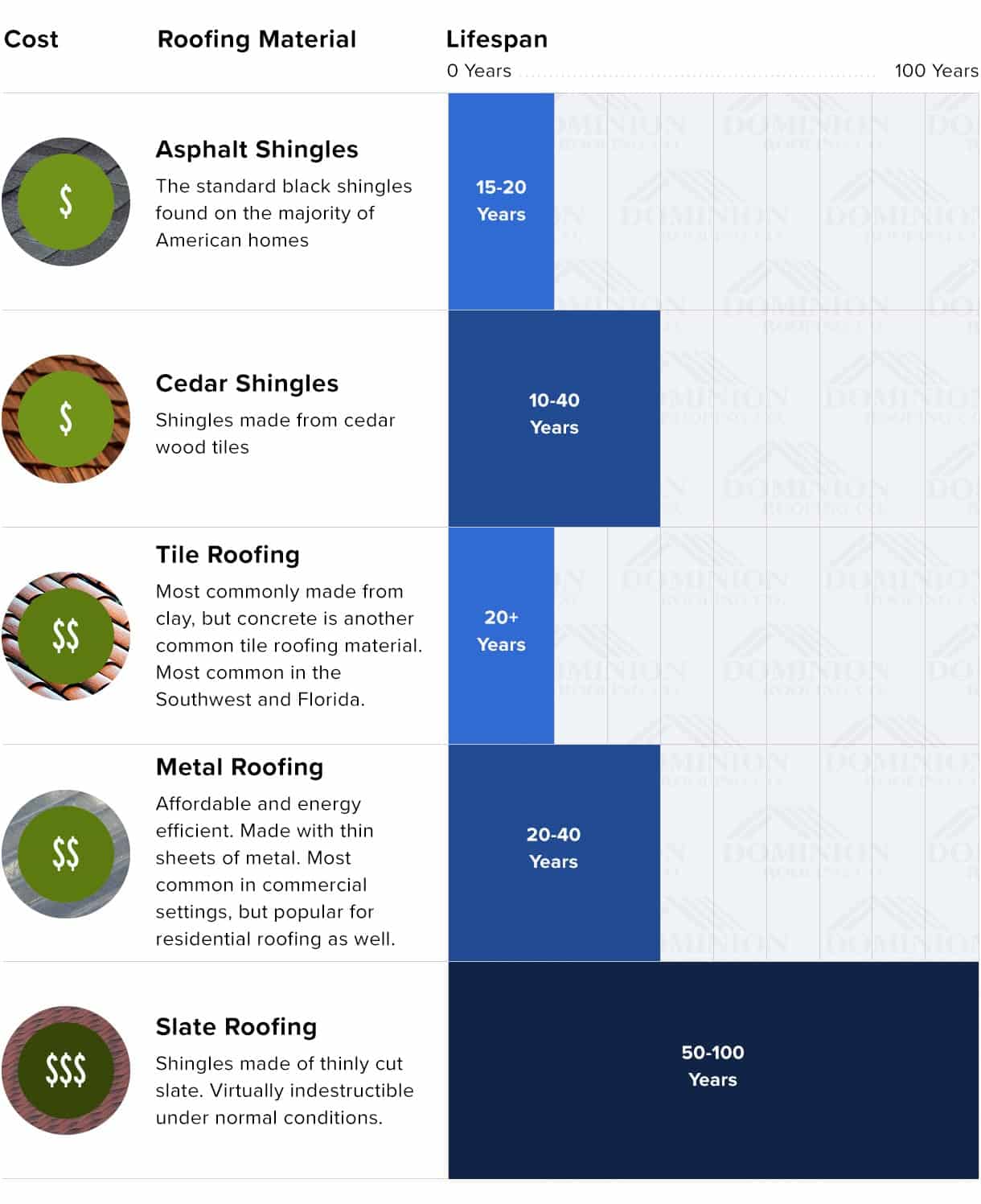Exploring The Financial Ramifications Of Solar Panel Configuration: Is It A Belongings Investment?
Exploring The Financial Ramifications Of Solar Panel Configuration: Is It A Belongings Investment?
Blog Article
Published By-Martinussen Jensen
When taking into consideration the expenses of solar installation, you might question the upfront financial investment required and whether it lines up with the possible long-term benefits. Understanding the ins and outs of these expenses and the different factors influencing the overall return can shed light on the value proposal of transitioning to solar energy. By examining both the preliminary setup expenses and the predicted financial savings over time, you can get understanding into whether the investment in solar setup holds pledge for your financial future.
Initial Configuration Expenses
When considering the prices of solar installation, the preliminary arrangement expenditures play an essential role in your decision-making process. These ahead of time prices consist of the cost of solar panels, inverters, installing tools, and installation labor.
The cost of photovoltaic panels can vary depending on the brand name, performance, and size you choose. Inverters are crucial for transforming the sunlight's power right into useful power and can be found in various types such as string inverters, microinverters, and power optimizers, each with its very own price implications.
Placing equipment, such as racks and rails, is essential to firmly install photovoltaic panels on your roofing system or residential property.
https://solarpanelmicroinverter08642.worldblogged.com/35789655/the-ecological-influence-of-solar-installment-a-greener-tomorrow covers the specialist installation of the solar system, making sure that whatever is established correctly and successfully. Keep in mind that while these preliminary arrangement costs may appear high, there are usually discounts, tax incentives, and financing choices available to assist balance out the expenses and make solar setup extra cost effective over time.
Long-Term Financial Savings Evaluation
To comprehend the monetary benefits of solar installation over time, it's vital to conduct a detailed lasting savings analysis. While click the up coming article of photovoltaic panels might appear difficult, the lasting savings can surpass these expenses considerably. By harnessing the power of the sunlight to generate electricity for your home, you can possibly conserve countless bucks on your energy expenses over the lifespan of your solar system.
Among the vital aspects to consider in a long-term financial savings evaluation is the decrease in your power expenses. With solar panels, you can produce your electrical energy, decreasing or perhaps eliminating your dependence on the grid. This can bring about significant financial savings, particularly as utility rates remain to increase.
Additionally, several governments use incentives such as tax debts and discounts for installing photovoltaic panels, further boosting your lasting savings. By making use of these incentives and maximizing your solar power production, you can enjoy significant financial advantages for years to come.
Roi Estimation
Considering the monetary advantages of solar installment, it's time to analyze the Return on Investment (ROI) computation. Determining the ROI involves comparing the overall costs of installing a solar system with the economic advantages it generates over its life expectancy.
To compute ROI, split the internet benefit from the system by the total financial investment cost and increase by 100 to get a percent. The ROI formula is: (Web Earnings/ Overall Financial Investment Expense) x 100.
For instance, if the complete price of mounting a planetary system is $20,000, and over its lifespan, it creates savings and revenues amounting to $30,000, the web revenue would be $10,000. Separating this by the overall financial investment cost of $20,000 provides a proportion of 0.5. Multiplying this by 100 offers an ROI of 50%.
Typically, solar panel installers indicates an extra financially fulfilling investment. Factors like federal government motivations, upkeep costs, and energy rate variations can affect the ROI of solar installations. Comprehending the ROI aids in evaluating whether buying solar power is worth it in the long run.
Verdict
Finally, understanding the prices of solar installation is important for figuring out if it is worth the financial investment. By taking into consideration first arrangement expenses, conducting a long-term financial savings evaluation, and computing the roi, you can make an informed choice regarding the monetary value of solar energy. With the capacity for minimized energy expenses and raised power self-reliance, investing in solar installment can be a smart selection for both your budget and the environment.
